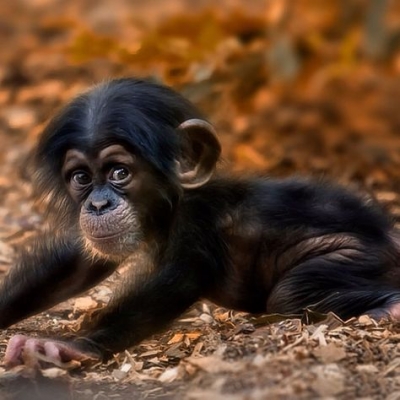
In the animal kingdom, there is not always a family resemblance between babies and their parents. Newborns may have different colours, textures, and patterns, or even take another shape before they mature into adulthood.
Dragonfly
Newborn animals may live in different habitats to their parents. Dragonfly nymphs, live underwater, but fly in the open air as adults. Usually, a dragonfly nymph lives in marshes or still water. They can also live in water with high salinity. (High salt levels)But they cannot live in polluted water; they usually require very clean water. They require shelter, sunlight, unpolluted water, emergent plants and hunting areas. The nymph can live in select areas; it prefers still, fresh water. They move around by squirting jets of water and pumping water in and out of the bottom of its abdomen. It also has gills so it stays under water for its nymph life. Nymphs have “lips” hinged in two places with grasping
pincers on the end for catching prey. Brown and green bodies tend to provide
camouflage and allow the nymph to blend in with the habitat of plants and
pond bottoms. Gills inside the abdomen get the oxygen from the surrounding water. Water drawn into the
abdomen and through the gills is expelled to push the nymph through the water.
Brush-tailed possum
This Australian marsupial has a big, bushy tail and is covered in thick fur. Females carry one called a joey, inside a protective pouch. Brush-tailed possums are marsupials, and their young are usually born in May and June after a gestation period of 17 days (humans have a gestation period of nine months). The newborn possum finds its way to the mother’s pouch and attaches itself to a teat.
After feeding and growing for about 5 months in the pouch, the young possum spends another two months clinging to its mother’s back as she moves about. Usually only 1 young is born at a time, and males do not take part in looking after the young.
By the time they are 7 months old, the young possums are independent of their mothers. They are fully grown by about 10 months, and the females will usually start to breed for the first time when they reach 12 months of age.
Leaf monkey
Leaf monkeys live in Asia’s rainforests. The adults have dark grey fur, but the babies are brightly coloured so their mothers can find them. Breeding occurs periodically during the year. Gestation period is about 145 days, yielding a single young. Females produce offspring at intervals of 2 years, typically in January-March, although some may give birth in the summer months. During the first 20 days after birth, the infant is almost constantly with its mother. At around 1 year old, the baby begins climbing, venturing away from its mother and taking solid food. Individuals of both sexes reach sexual maturity at 3 – 4 years old.
Budgerigar
These colourful birds are the smallest members of the parrot family. Baby birds are born covered in fluffy down before growing full feathers. Budgies are physically able to breed after six months, but should not be allowed to do so until they are at least 10 months old. A younger bird will often fail to be a good parent. There’s no hurry – once they’ve matured, females will be able to breed for four years, and males for six.
First-time mothers sometimes lay eggs outside the nesting box. This is fine, as long as you put the egg in the box as a signal that this is where the others should be laid. Once she’s settled on an egg in the cosy box, she won’t repeat the mistake.
Tapir
Related to rhinoceroses and horses, tapirs begin life with protective camouflage. Adults lose their pattern as predators are less of a threat. Tapirs have no fixed breeding season. After a gestation period of about 390 days, a single baby is born (twins are rare). The baby can follow its mother within minutes of being born and all new-born tapirs have a reddish-brown coat dappled with white spots and stripes. This pattern helps to provide the young one with excellent camouflage. Whenever there is danger lurking nearby, the baby ‘freezes’ and becomes part of its background. These coat markings last until the baby is about six months old, and then fade as the young tapir grows its adult coat. The youngster will remain with its mother for up to twelve months and then goes off on its own.
Butterfly
Some insects, like butterflies, change into adults through an amazing process called metamorphosis. Their body changes shape completely. Butterflies reproduce the way other animals do — sperm from a male fertilizes eggs from a female. Males and females of the same species recognize one another by the size, color, shape and vein structure of the wings, all of which are species specific. Butterflies also recognize each other through pheromones, or scents. During mating, males use clasping organs on their abdomens to grasp females.
Picture Credit : Google
